Disclaimer
The Dover Public Library website offers public access to a wide range of information, including historical materials that are products of their particular times, and may contain values, language or stereotypes that would now be deemed insensitive, inappropriate or factually inaccurate. However, these records reflect the shared attitudes and values of the community from which they were collected and thus constitute an important social record.
The materials contained in the collection do not represent the opinions of the City of Dover, or the Dover Public Library.
Sawyer's Woolen Mills
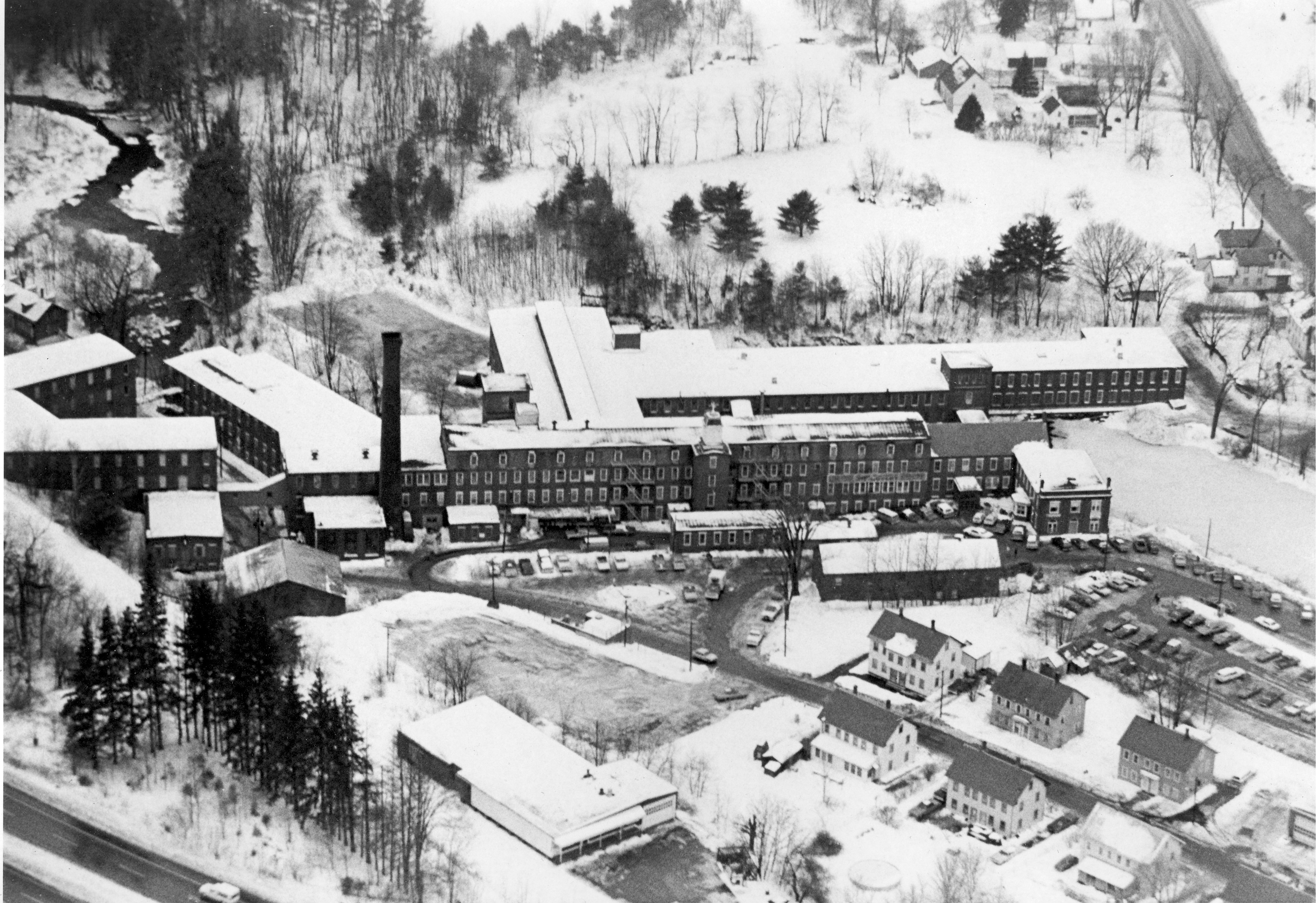
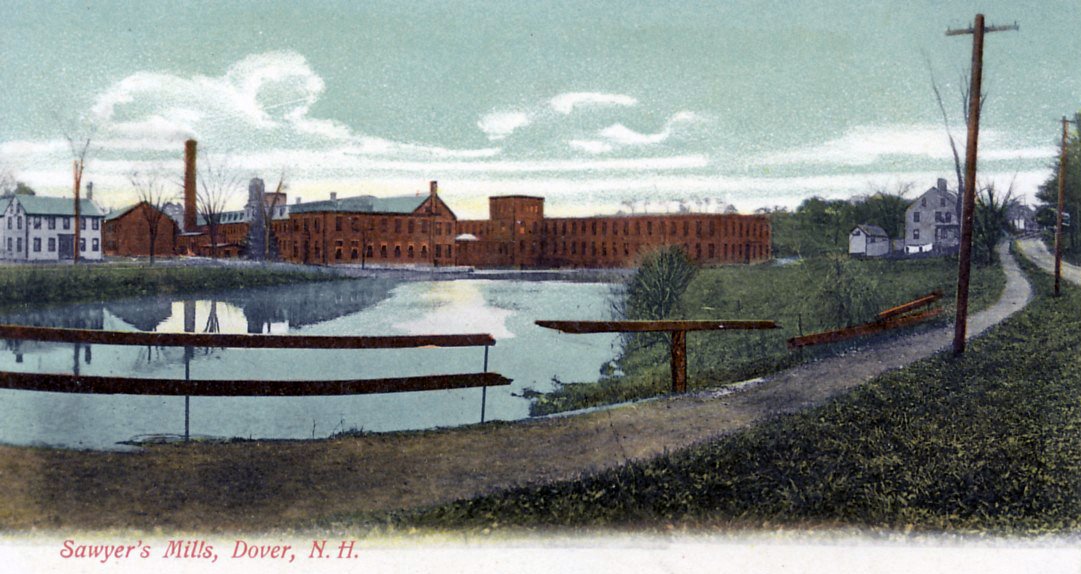
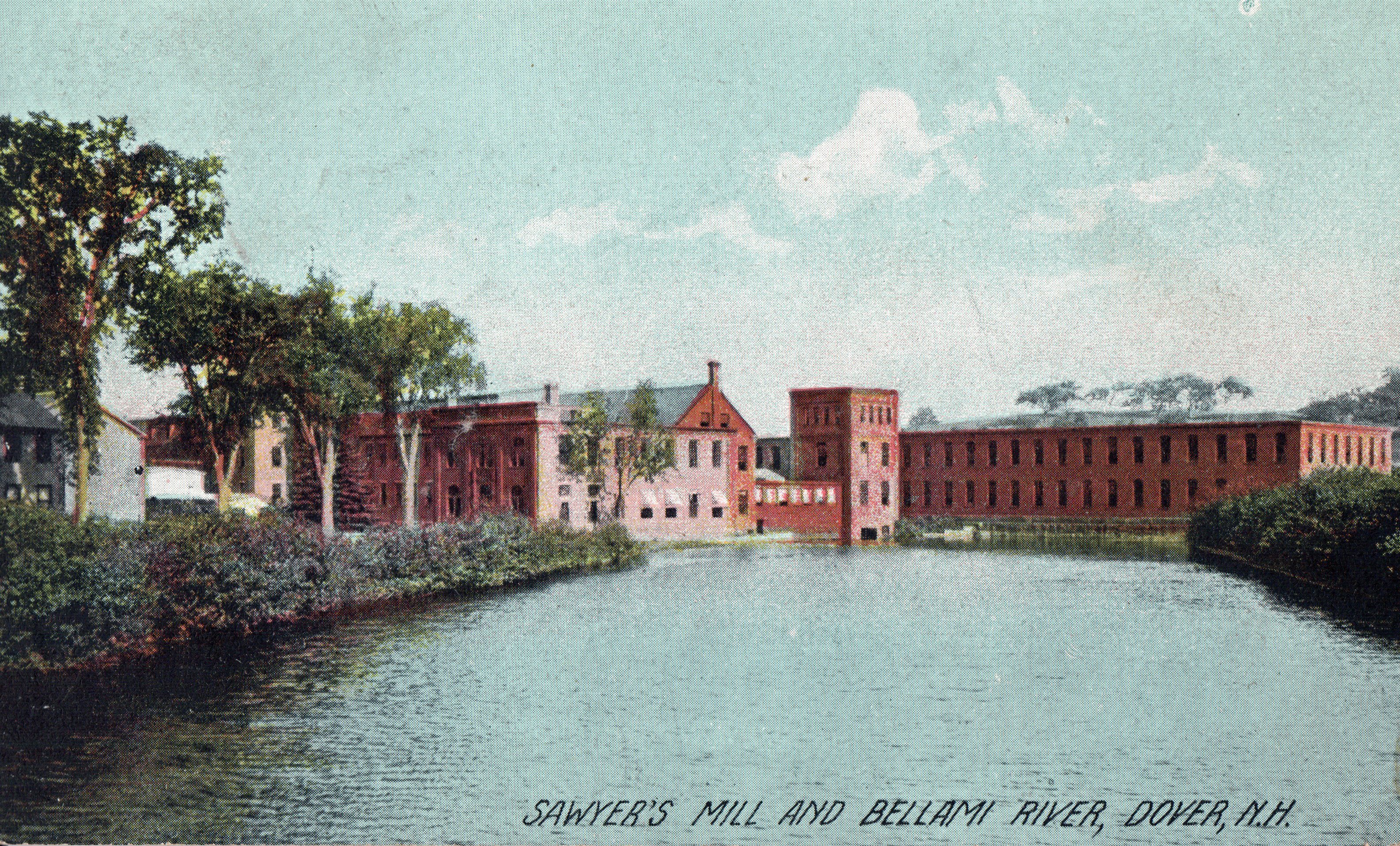
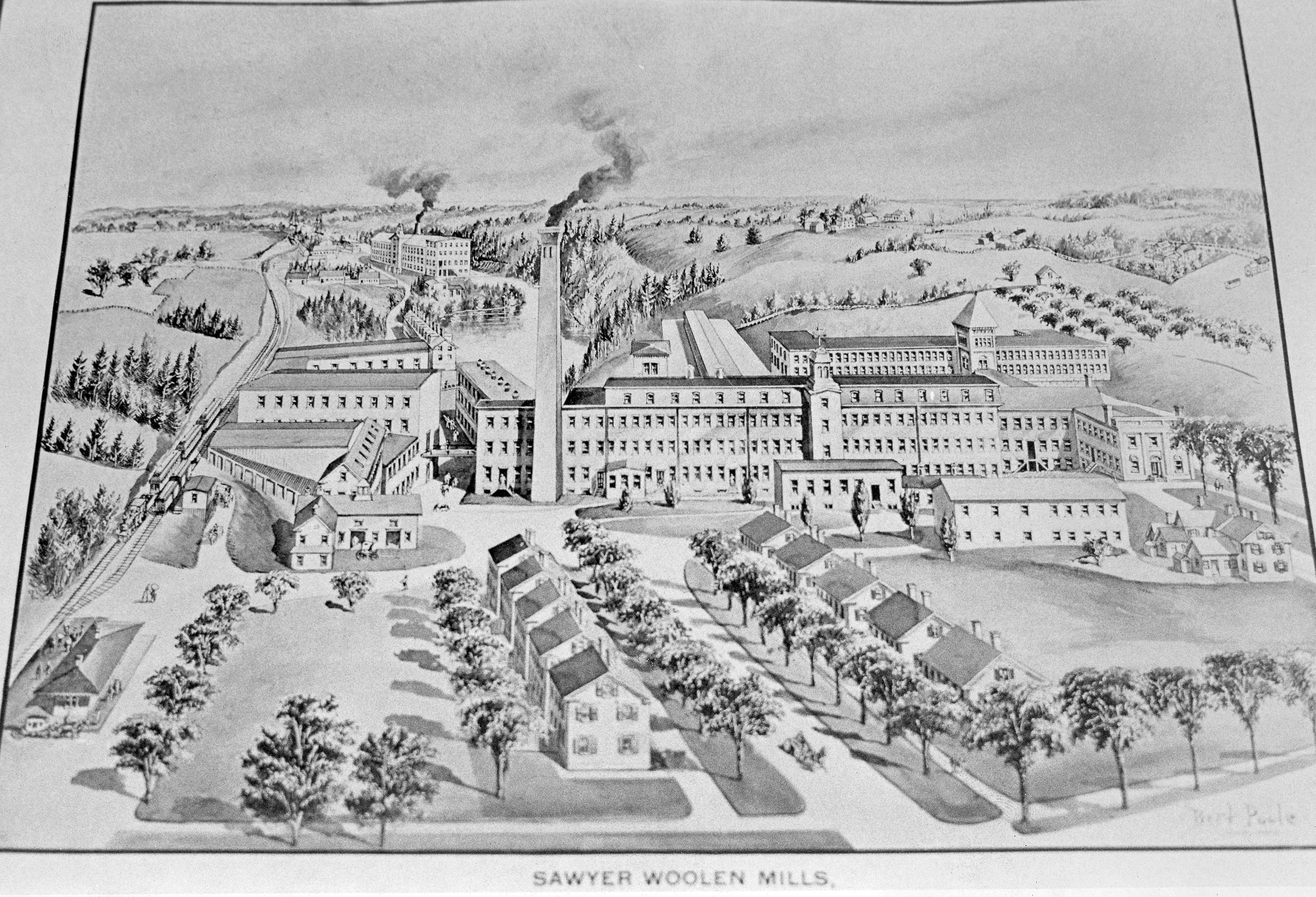
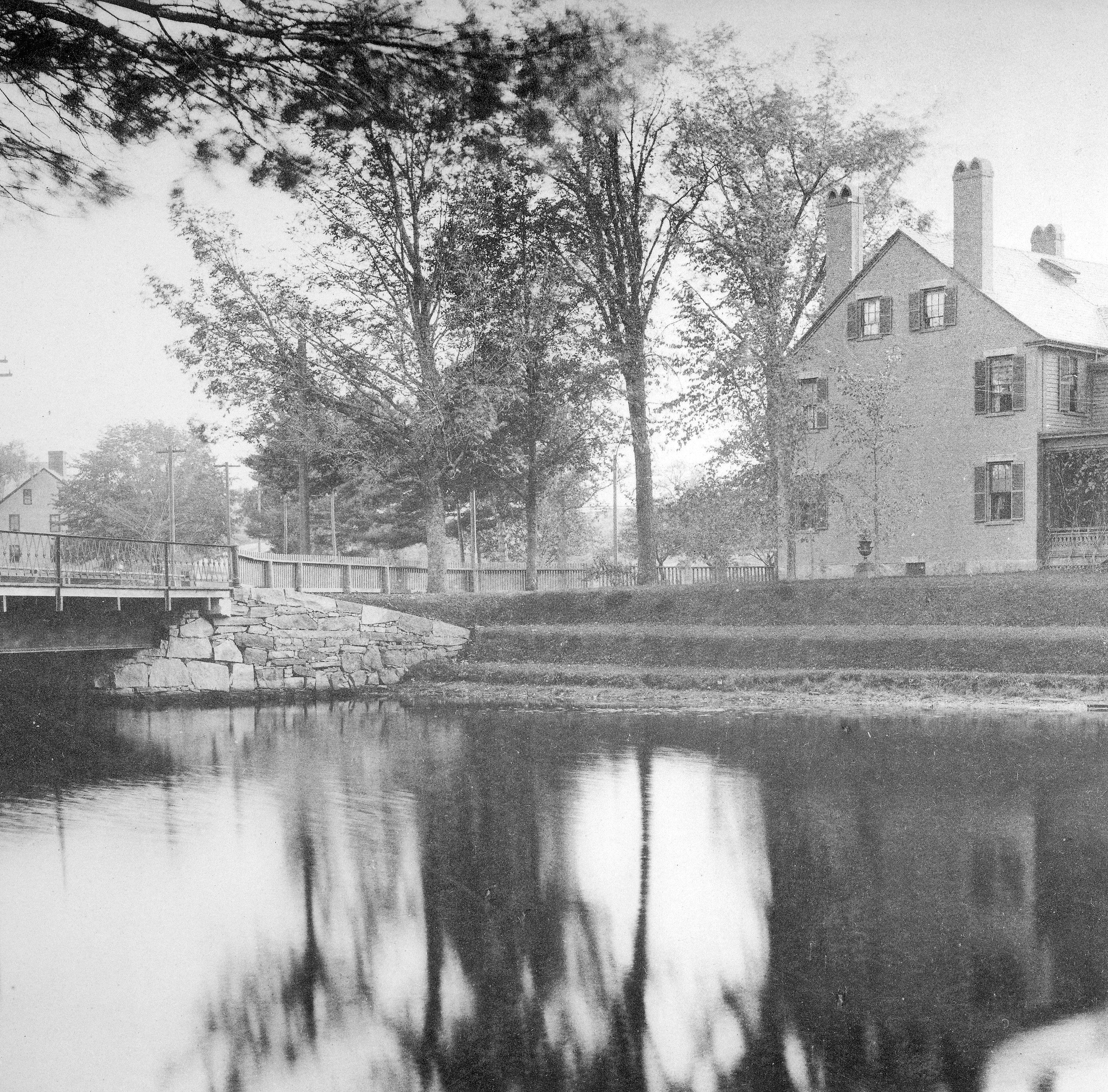
Isaac Wendell leased mill privileges at the Third Falls of the Bellamy River to an enterprising newcomer to Dover, Alfred I. Sawyer of Marlborough Massachusetts. Sawyer had been in town about a year and saw great potential for cloth manufacturing on the Bellamy. He built a new two story woolen mill on the site of Benjamin Libbey’s grist mill, had a new dam constructed there by builder William Drew, and began to dress cloth in the small factory. In 1825, Sawyer added carding machines to the mill and the following year purchased the rights to operate a grist mill on the Second Falls. He began manufacturing flannels with one set of machinery; in 1837 a second set was added.
By the time of his death in 1849, the cloth dressing, carding, and flannel manufacturing businesses established 25 years earlier by Alfred Sawyer were thriving, profit-making operations on the two falls below Libbey’s bridge. The businesses passed on to Alfred’s three brothers, Zenas (who retired in 1852), Francis A. of Boston, and Jonathon, who was only 32.
Jonathan Sawyer was even more of an entrepreneur than his eldest brother. In 1853, he was the first factory owner to use gas for light; in 1858 he purchases the Lower Mill at the First Falls with two sets of machinery: by 1860 that mill contained four sets, by 1863 3ight sets, and by 1882 sixteen sets.
In 1863, Jonathan and Francis Sawyer had Swain’s Pond in Barrington (the headwater of the Bellamy) enlarged in order to serve as a reservoir for their mills. The next year, a round brick reservoir, eight bricks thick and eighteen feet high was constructed on the hill adjacent to the mills to hold water not only for manufacturing purposes, but also to supply Jonathan’s new 26 room mansion on Linden Street with plumbing facilities and an artificial pond. The 1864 round reservoir is now a private residence on Birchwood Place.)
During the Civil War, Sawyer Mills machinery was gradually converted from flannel production to woolen manufacturing. Soldiers' uniforms for the Union Army and N.H. regiments were made here in Dover at that time.
From the 1988 Heritage Walking Tour booklet
This historical essay is provided free to all readers as an educational service. It may not be reproduced on any website, list, bulletin board, or in print without the permission of the Dover Public Library. Links to the Dover Public Library homepage or a specific article's URL are permissible.
